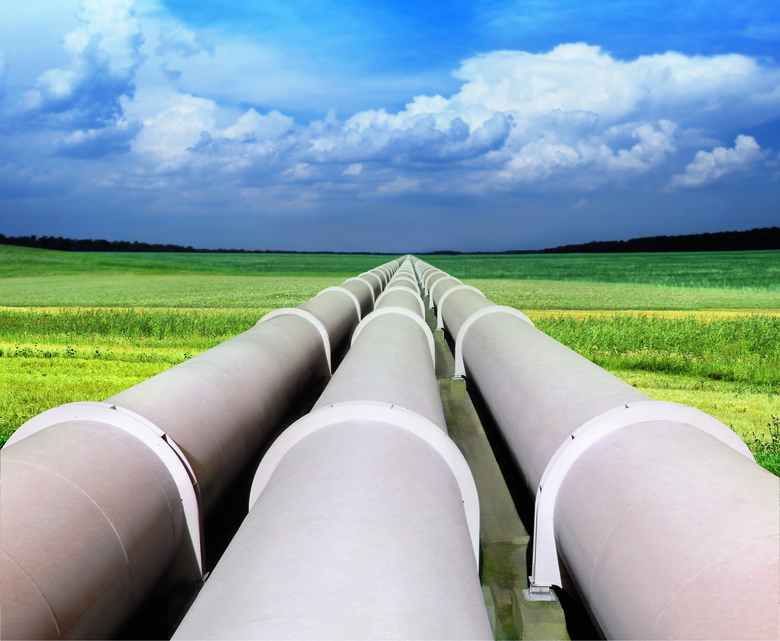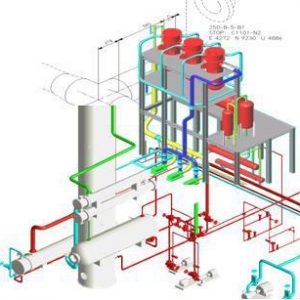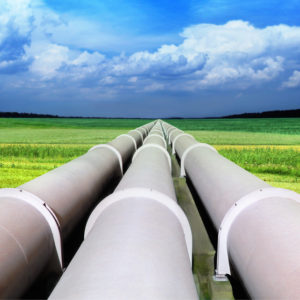Description
- Theory:
- Introduction to Pipeline Stress Analysis and Role of Stress Engineer.
- Basic Stress concepts applicable in Stress Analysis.
- Theories of Failure
- Interpreting International Piping code equations, ASME B31.4, B31.8, AS-2885.
- Theory behind load case formation.
- Support types and their application.
- Anchor block calculations and overview of its FEA calculation.
- Pipe Span Calculation
- Piping flexibility and Stress Intensification factor
- Flange leakage analysis calculations
- Protechtion against Soil Liquefaction: PGD and Buoyancy
- Pipe buckling,
- Pipeline Thickness calculations, Bend radius calculations.
- Detail discussion of Buried Pipe behavior.
- To understand significance of various soil properties like density, cohesive pressure,
friction angle etc.
- Comparing various methods of analyzing buried pipe including American Lifeline Alliance Method.
- Reading of alignmnet sheets
- Reading of Station approach drawing.
- Launcher /Reciever / Monolithic Insulation drawing checking
- Unrestrained and Restrained pipeline concepts
- Unrestrained length calculations.
- Pipeline checklist
- Practical:
A case study covering follwing aspects.
- Introduction to CAESAR II software and its Configuration file etc.
- Quick and effective techniques to model Buried pipe.
- Buried Pipe analysis using Peng’s Method.
- Buried Pipe Analysis using American Lifeline Alliance Method.
- Buried Pipe analysis using manually calculated soil stiffness.
- Load case formation
- Mark up on Alignment sheets
- Report formation






Reviews
There are no reviews yet.